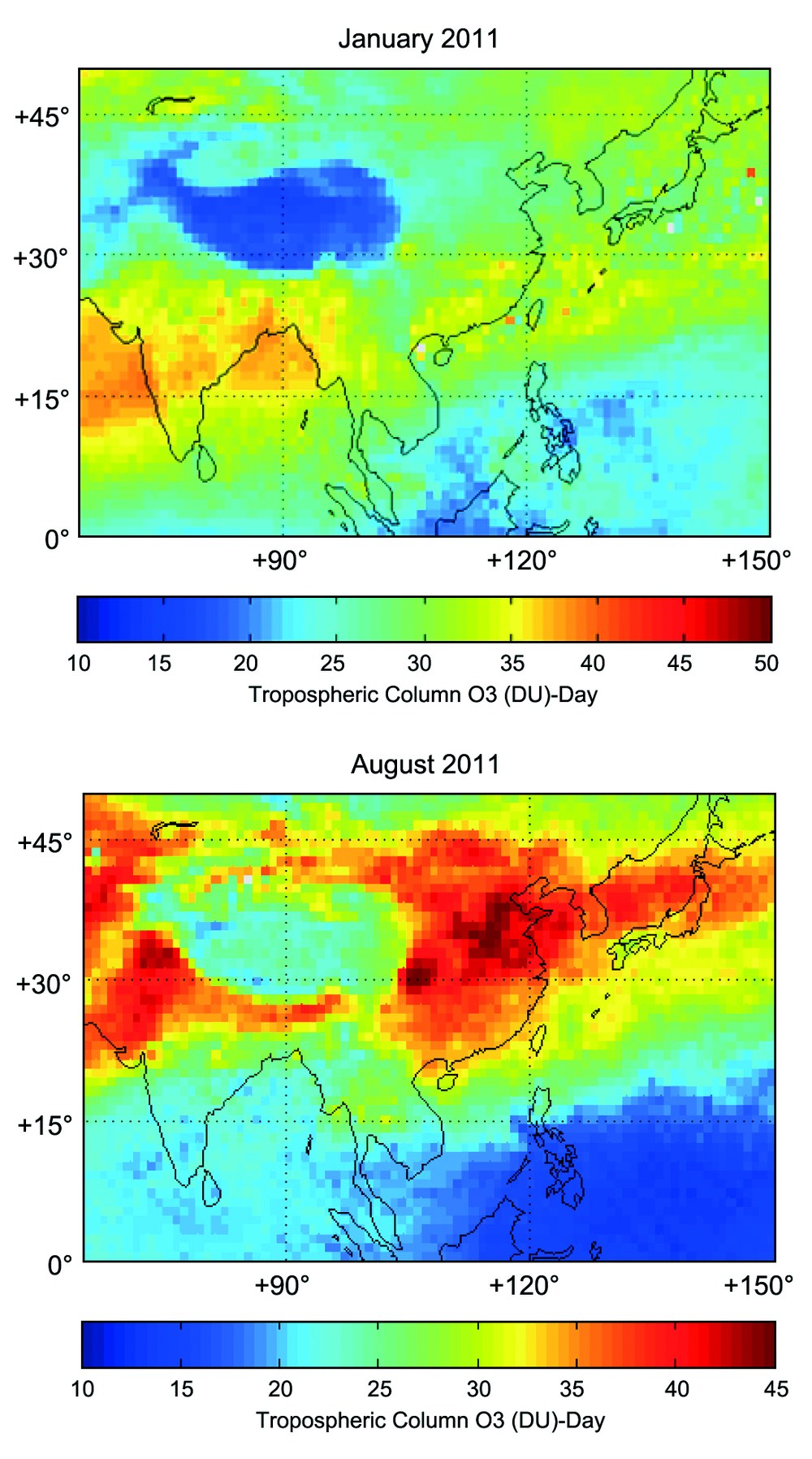Dragon-3: East Asian Monsoon & Air Quality


Dragon is a cooperation between ESA and the Ministry of Science and Technology (MOST) of the P.R. China. The Dragon 3 program has formally commenced at the 2012 Beijing Symposium and will last four years. In the framework of the Dragon 3 cooperation, MF-ATP will study the impact of East Asian Summer Monsoon on the air quality over China. We cooperate with the Institute for Climate and Global Change Research, Nanjing University (ICGCR-NJU), the Department of Civil and Structural Engineering (CSE), The Hong Kong Polytechnic University (HKPU) and the Laboratoire Atmosphères, Milieux, Observations Spatiales (LATMOS).
Air pollution is one of the most important environmental problems in the developing Asian countries like China. Investigations in these regions showed that the East Asian monsoon plays a significant role in characterizing the temporal variation and spatial patterns of air pollution, since monsoon is a major atmospheric system affecting air mass transport, convection, and precipitation.
In the framework of the Dragon 3 project we combine satellite observations throughout the troposphere with ozonesonde and aircraft measurements for providing a holistic view of the monsoon impact on tropospheric air pollutants over China. We apply multi-platform satellite observations to analyze tropospheric ozone, CO, precursors of ozone such as NOx, HCHO or CH4 and other related trace gases in this region. This approach illustrates the potential of using the current generation of space-borne instruments to monitor air quality changes caused by the East Asian monsoon circulation. The project will also contribute to explore the potential impact of air pollutants over China to climate change on a regional scale. It shall improve the retrieval algorithms of tropospheric ozone, NO2 and HCHO from satellite platforms and validate the above algorithms over China by comparing satellite measurements with ground-based and aircraft measurements.

